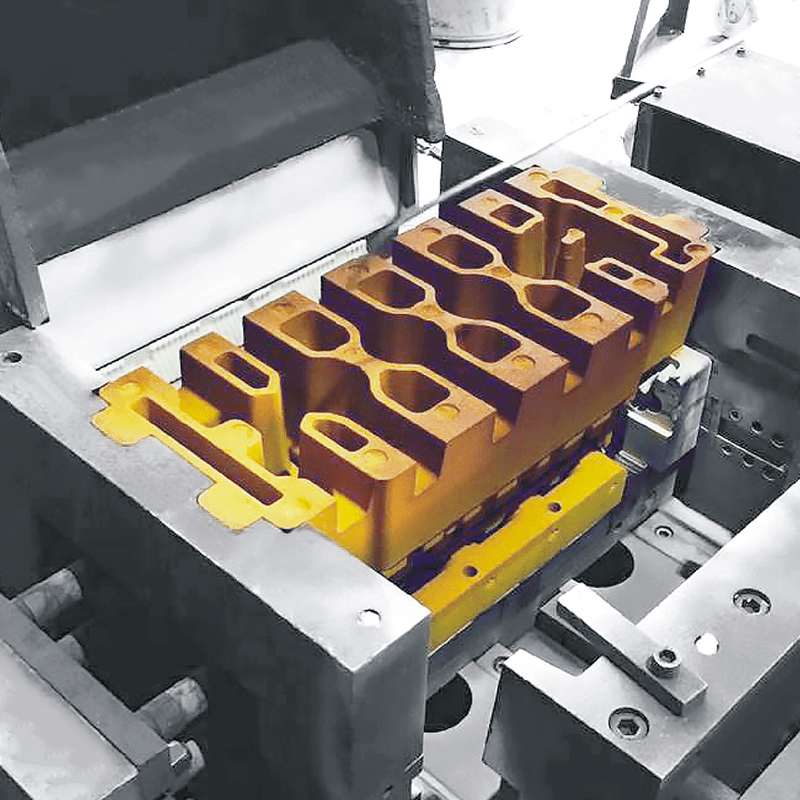During the casting process, a mold plays an important role. The accuracy of the mold has a significant effect on the quality of the casting product. Various molds are used in gravity casting, including sand molds, high-pressure die-casting molds, and shell molds. Each of these molds can produce casting products with tight tolerances and high production efficiency.
Gravity casting is a metal processing technology that uses the force of gravity to pour molten metal into the mold cavity. The process is relatively simple and inexpensive. However, it can result in surface defects, such as welding-like surface defects. These defects are reduced by casting at low temperatures.
In the case of gravity-casting molds, the molding materials are usually aluminum, steel, or iron alloys. These alloys are corrosion-resistant, strong, and lightweight. Gravity-casting molds are usually used in making crankshafts.
Gravity-casting molds are designed to be used many times for similar parts. They can be made from various materials such as aluminum, steel, iron, and nodular iron. They have a high degree of freedom and are relatively inexpensive to manufacture. They are also durable and can be reused repeatedly.
Gravity-casting molds are used for making crankshafts, but they are also used in other industries. The process of gravity casting is also used to produce hollow castings. The molds are used to create a cavity that conforms to a crankshaft. A molten metal passage is positioned at the lower end of the cavity. A pouring gate is also included. The gate allows the molten metal to flow upward. After the molten metal is poured into the mold, it is cooled in the mold cavity by gravity.


 Pусский
Pусский Español
Español














